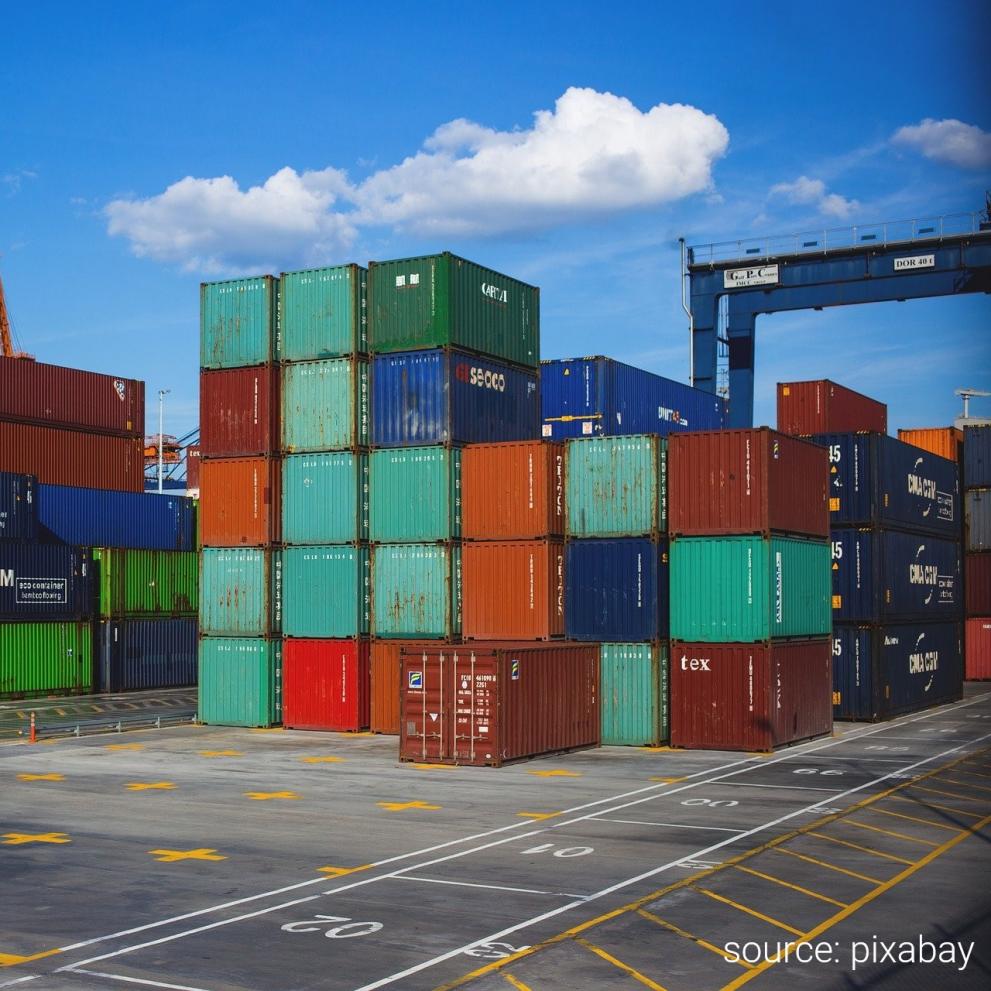
Written by Mr. Jian Xu, IP Expert and collaborator of the China IP SME Helpdesk
This article is to explain the bond system and the procedure of the Customs seizure.
1. Pre-bond for the Customs
Often, Chinese Customs officials will agree to seize the infringing product shipped by infringers as long as the petitioner (i.e. the right owner) can provide detailed information along with a pre-bond. The pre-bond may be required because it is the first time that petitioner had applied for proactive customs seizure in that Customs. Customs receives numerous vexatious or spurious applications and so they sometimes require payment of a pre-bond as a guarantee of good faith.
The pre-bond would be used to pay for storage expenses, custody fees and disposition fees if it proved to be a wrong seizure. If no seizure had been made, the pre-bond will be refunded immediately.
2. Bond for the Customs and seizure
When infringer declares the goods at Customs, the petitioner will find out more information including the name of the sender and receiver and the value of the goods. The petitioner will then file the seizure application at Customs. When customs seize the goods, the petitioner must pay a bond of equal value to the goods. After examination of the application along with the receipt of the bond, the Customs will detain the goods and issue a Notice of Accused Infringing Products Detention to the infringer.
3. Counter-bond from the infringer
If the infringer pays Customs a counter-bond of equal value to the goods before the Court completes the asset preservation order then the Customs will release the goods and detain the counter-bond. The infringer cannot pay the counter bond after the order and the goods will only be released (or destroyed) with the petitioner's permission.
4. Litigation and bond for the Court
The Customs will not examine whether the goods are infringing. Instead, the petitioner should immediately apply to court for an asset preservation order. When the petitioner applies for the asset preservation order it will usually be required to pay another bond of 20% of the value of the goods. The Court then notifies Customs that an asset preservation order has been applied for and the petitioner then claims back the bond it paid to Customs. The petitioner should receive the Customs bond back within 30 working days of their notification of the Court's order.
If the Customs does not receive notification from the Court within 20 working days, it will release the goods and pay back the bonds.
5. Time and cost
The Court will hold the bond until the end of the case. If the petitioner withdraws the application or the litigation or reach a settlement with the infringer during the procedure then the Customs/Court will refund the bond immediately.
The petitioner will have to pay for the cost of the warehouse to store the containers in the Customs warehouse before they are sent to destruction. Usually it costs several thousand RMB for one container every six months, depending on the location of the warehouse. The petitioner can recover storage costs in the civil proceeding.
This article was originally published on Dr Jian Xu's Linkedin profile.
Dr Jian Xu is the managing director of Gowling WLG’s Beijing office, and heads up the firm’s Chinese intellectual property practice. He is a dual qualified Chinese lawyer and patent and trademark attorney practising since 2006. He is the author of the book “Chinese Intellectual Property – A Practitioner’s Guide“, published by China IP Publishing House in 2013.
Details
- Publication date
- 15 July 2021
- Author
- Executive Agency for Small and Medium-sized Enterprises
